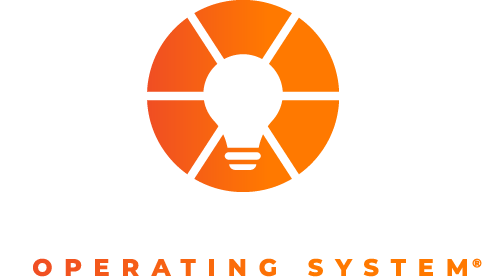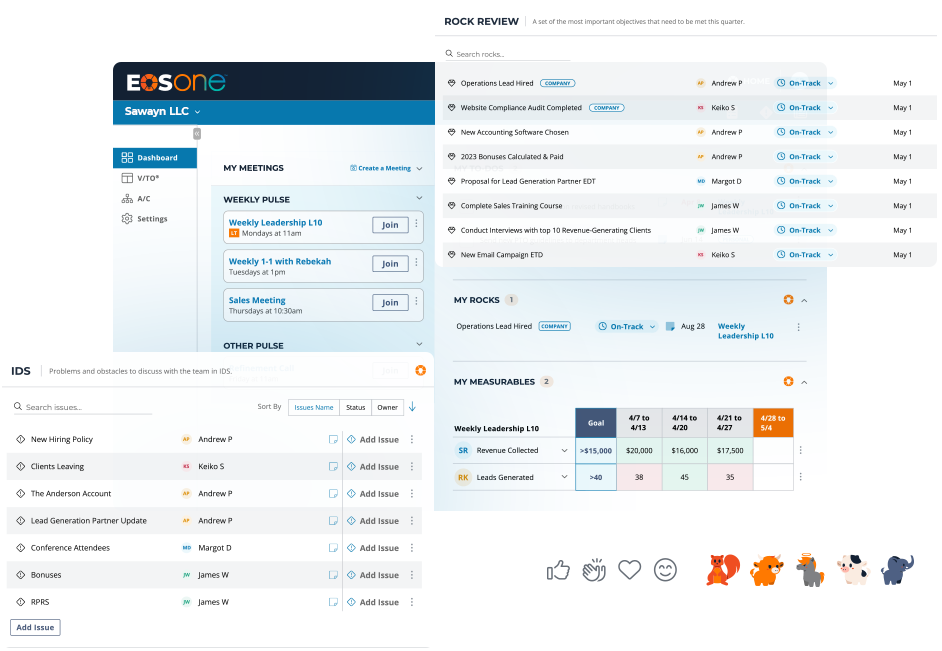As a business coach, you’ve helped clients define roles, structure their teams, and create an organizational chart. But what if their structure still isn’t working? What if responsibilities are unclear, tasks fall through the cracks, and leadership struggles to hold employees accountable?
The problem isn’t the chart—it’s that org charts are built for hierarchy, not accountability.
Most companies rely on an organizational chart showing who reports to whom. But that doesn’t create clarity around who is accountable for what. That’s why growing businesses need an Accountability Chart™—a tool designed to define roles, establish ownership, and ensure accountability at every level.
If you’re new to the concept, check out Accountability Chart™ vs. Organizational Chart to understand the key differences.
As more companies shift away from traditional organizational charts and adopt an Accountability Chart™, it’s essential to guide them through the transition and help them avoid common problems like:
- Unclear roles and responsibilities, leading to wasted time and inefficiency
- Employees defaulting to the old org chart, ignoring the new structure
- Expecting instant adoption without allowing time for a proper transition
Here are the three biggest challenges teams face—and how you can help them solve each.
Issue 1: They Think They Got the Accountability Chart™ Right the First Time
Most clients assume their work is done once they’ve built their Accountability Chart™. But no company gets it perfect on the first try.
As their business evolves, they may realize:
- Some roles don’t fit their team’s unique abilities
- Seats need restructuring—some are overloaded, while others have gaps
- Leadership struggles with clarity on who owns what
How to Coach Through It
- Reinforce that the Accountability Chart™ is a living document, not a one-time fix
- Coach them to review and refine it quarterly as the business grows
- Encourage them to use GWC® (Gets it, Wants it, Capacity to do it) to ensure employees are in the right seats
By helping clients iterate their chart over time, you’ll eliminate inefficiencies and boost team productivity.
Issue 2: They Haven’t Properly Communicated the Accountability Chart™
A common mistake is rolling out the Accountability Chart™ once but never reinforcing it.
If employees aren’t crystal clear on the new structure and their roles, they’ll keep working based on the old org chart. Confusion and inefficiency follow.
How to Coach Through It
- Have them integrate the Accountability Chart™ into their company pulse, reviewing it in:
- State of the Company MeetingsLevel 10 Meetings®
- Same Page Meetings®
- Ensure employees can easily access the chart online
- Encourage leadership to answer questions and reinforce clarity
The goal is for every team member to understand where they fit in the organization so that work flows seamlessly.
Related Reading: EOS® Questions: Leading the Right Business Structure
Issue 3: They Expect Immediate Adoption Without a Transition Plan
Your clients might assume that once the Accountability Chart™ is updated, everyone will start working that way instantly. But if employees are still juggling their old responsibilities, the lack of a transition plan can lead to:
- Burnout and frustration
- Tasks falling through the cracks
- Leadership teams struggling to enforce the new structure
How to Coach Through It
- Help them prioritize quick wins—starting with the easiest structural shifts first
- Encourage a phased transition so employees can adequately offload old tasks
- Reinforce the importance of LMA® (Lead, Manage, and hold Accountable) in guiding their teams through change
By implementing changes strategically, your clients will avoid overwhelming their teams and get long-term buy-in.
Fix the Accountability Chart™, Fix the Issues: Why Structure Matters
Many business challenges—from inefficiencies to leadership misalignment—stem from unclear accountability. When roles aren’t well-defined, responsibilities overlap, or employees aren’t following the proper structure, problems compound.
In this video, Mark C. Winters explains why 80% of business issues are rooted in the Accountability Chart™ and walks through:
- How to use the “Issue Tree” concept to identify root problems
- Why shadow structures and accountability bypasses create confusion
- How to iterate, communicate, and migrate toward the proper structure
- The three key tests every Accountability Chart™ must pass to be effective
Watch the full video below to learn how to help your clients optimize their structure and eliminate accountability gaps:
The EOS® Approach: Coaching Clients to Success with the Accountability Chart™
The Accountability Chart™ is one of the most powerful tools for creating clarity, alignment, and accountability in a business. But, like any tool, its impact depends on how well it’s implemented. As a coach, you play a crucial role in helping your clients navigate challenges, refine their structure, and fully leverage their chart.
Download the Accountability Chart™ now for your next session.
And if you love helping businesses implement proven tools and frameworks, have you ever considered taking your coaching to the next level? EOS Implementers® use a complete, tested system that helps companies gain traction and grow—while building thriving coaching practices. Curious to learn more? Watch our 10-minute webinar to see what becoming an EOS Implementer® could mean for you.





